
QUALITY Customers Can Rely On
Restaurants, Healthcare, Schools, Hotels, Industry, Homes

QUALITY Customers Can Rely On
Restaurants, Healthcare, Schools, Hotels, Industry, Homes
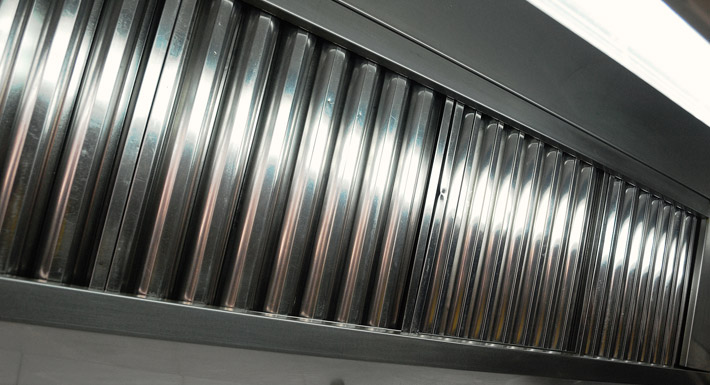
Air Maintenance Inc provides thorough and comprehensive commercial kitchen exhaust cleaning services. From the vent hood to the exhaust fan, our commercial cleaning experts pay great attention to detail cleaning your entire exhaust system.
Learn More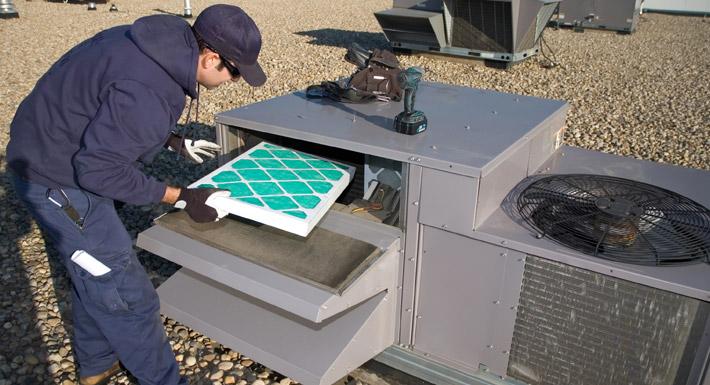
Keep your HVAC/r system performing at peak efficiency with regular cleaning service from the experts at Air Maintenance Inc. Our heating and cooling technicians provide efficient and effective HVAC/r system cleaning services to prevent future breakdown and ensure your system is performing at optimum energy efficiency.
Learn More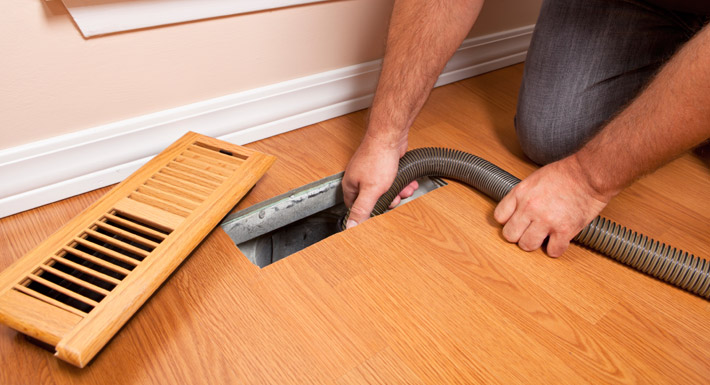
Air Maintenance Inc is dedicated to providing a safer, healthier environment to live, work and play. We are the only certified NADCA and IKECA Duct cleaning and WHEA construction contracting company in southeastern Wisconsin.
Learn More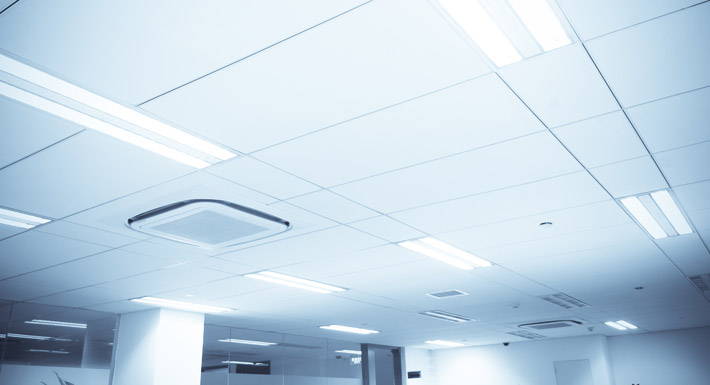
Air Maintenance Inc provides expert ceiling cleaning services to deodorize and revitalize your ceiling. Cleaning your ceiling will improve light and provide a healthier, more inviting environment for a fraction of the cost compared to painting and replacement.
Learn More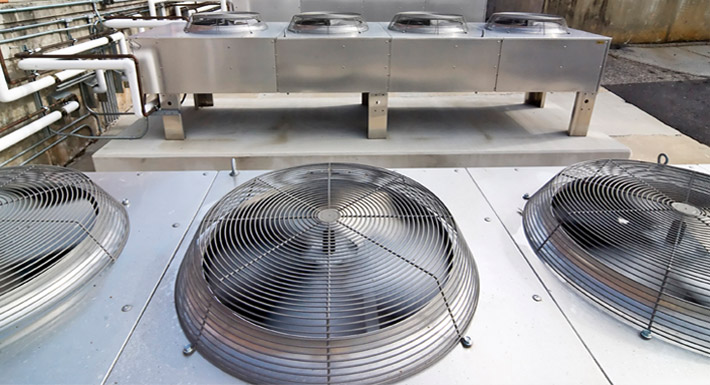
Air Maintenance Inc has a wide scope of services to best suit the unique needs of our residential, industrial, commercial and healthcare clients. We are the only NADCA certified duct cleaning company and WHEA certified construction contractors qualified to provide air duct encapsulation and sealing services to healthcare facilities.
Learn MoreAs the cost of energy rises, restaurateurs take steps to cushion the impact of energy on the bottom line.
Chef Aidan Waite demostrates equipment for Rational Cooking Systems Inc. at Duke Power's Customer Resource Center.
January 11, 2005 — From convection microwaves, induction cook-tops and blast chillers to maintenance schedules and consultants, restaurants are investing in new ways to control energy costs.
The reason: Rising energy prices continue to impact restaurants' bottom lines. Energy costs represent a significant portion of restaurant expenses. Parking-lot lighting, cooking appliances, ventilation systems, dining-room heating and other utility expenses can add up. Plus, higher energy costs affect the bottom line another way: The cost of filling gas tanks and heating homes can cut into what Americans spend on dining away from home.
Over the winter, tight global oil markets and higher crude oil prices are expected to push prices of natural gas, heating oil and propane higher, according to the federal Energy Information Administration in Washington, D.C. The cost of heating oil is expected to surge 29 percent for the 2004-2005 winter from the same period a year ago, and propane prices are expected to spike 17 percent. Natural gas prices are anticipated to be 11 percent higher than they were last winter.
Additionally, electricity costs continue to rise because the majority of new electricity generation is fueled by gas, says Tony Spata, director of energy management services for Columbus, Ohio-based WD Partners, a consulting company that specializes in restaurant and retail design, architecture and engineering solutions.
"These are very real costs that impact the profitability of a restaurant," he says.
Specifically, nearly nine of 10 quickservice and two-thirds of fullservice restaurant operators say high gas prices and utility costs negatively affect their business, according to a National Restaurant Association survey conducted in October.
As a result, restaurateurs are investing in new equipment and maintenance practices and revising some operating procedures, he says. In fact, more than 40 percent of quickservice operators who participated in the October survey said they had taken steps to cut costs or conserve energy in 2004.
Those cost-cutting strategies included investing in energy-saving equipment, securing long-term energy contracts, joining energy co-ops, controlling lighting schedules more efficiently, tinting windows, contracting with new energy providers, hiring energy consultants and decreasing deliveries.
That's a relatively new trend, observes Richard Young, director of education for the Food Service Technology Center, a scientific research facility in San Ramon, California, that measures the energy performance of commercial kitchen equipment.
The restaurant industry traditionally has lagged behind others in implementing energy-efficient innovations, he says. Restaurants spend most of their efforts trying to guarantee quality food and service and find competent employees, so they sometimes neglect energy management, he says.
Furthermore, energy historically hasn't been as expensive as food and labor, the primary costs of doing business. Plus, restaurants have daily feedback on food and labor costs, so they can make frequent adjustments if they need to. But the utility bills "roll in once a month," Young notes.
That’s a problem for both small and large operators. For example, individual franchisees see the monthly energy bills, but the franchisor generally doesn't. Young says that large multi-unit operators historically administered utility costs better than other operators because many of them started to hire energy managers after the energy crisis in the 1970s.
However, over the years, as those operators reorganized, many of those positions were eliminated, Young notes.
"[Operators] don't realize how easy some of these savings are," he says.
Make equipment maintenance a priority
Most restaurateurs recognize that they need to upgrade equipment or change operating procedures to reduce energy costs. But many overlook the importance of maintenance, WD Partners' Spata says.
"The best systems operate at peak performance on the day they’re installed," he says. "From there, it gets worse."
That's because maintenance isn't a core competency in the restaurant business, he notes. Hospitality -- and all of its facets -- is. Unfortunately, restaurateurs generally don't recognize that they're gradually reducing the efficiency of their equipment by neglecting maintenance, he says.
That's why he recommends what he calls "regular maintenance," rather than "preventative maintenance."
The term "preventative" implies that the maintenance is intended to avoid a breakdown. But the word "regular" shows a commitment to sustaining proper operations, he says. The first step is to follow the maintenance schedule recommended by the manufacturer, just as a car owner should do, Spata says.
Once something totally wears out or breaks down, it becomes an emergency repair, resulting in a loss of comfort or operation, he notes.
For example, regular cleaning and upkeep of refrigerator coils is inexpensive. It merely takes staff time, Young points out. But without regular cleaning, restaurant operators can count on expensive repair calls down the road.
Once refrigerator coils get dirty, the heat doesn't go anywhere, and it takes more energy to cool the food, Young points out.
Another common sign of neglect: damaged door gaskets. "If the gaskets are messed up, you're peeling away your profits."
Spata suggests that restaurants create a calendar with the recommended maintenance dates for all parts and equipment, including monthly, quarterly, semi-annual and annual checks. The schedule should note when air-conditioning-equipment air filters should be changed; when exhaust- and supply-fan bearings should be lubricated, and when thermostats on cooking and air-conditioning equipment should be calibrated.
That's important because most quickservice and family restaurants operate at least 18 hours a day, nearly every day, and their exhaust systems really take a beating, Spata says.
To ensure an operation follows its maintenance schedule, Spata advises hiring a maintenance technician or consultant who specializes in foodservice equipment. Too often, maintenance is considered a routine part of a restaurant manager’s job responsibilities. But today's equipment is so complicated that maintenance often is beyond the capability of a small mom-and-pop or a high-end restaurant, Spata says.
To find a reliable firm, restaurant operators should ask their colleagues about companies with experience in restaurant equipment maintenance. When interviewing the companies or individuals, they should ask about their background, experience with specific equipment or systems and other restaurants they've worked with.
The cost of maintenance contracts can be structured according to the size of the building, the number of exhaust fans, the service level, high/low deductibles and other variables. Spata compares it to an insurance contract.
Although he says it's difficult to quantify the payback, Spata recommends looking at the annual utility bill. Then, consider the cost of a 20 percent increase in energy costs each year, a 10 percent drop in efficiency or a temporary shutdown because of an equipment malfunction.
"Can you afford to be closed for a day or a week?" he asks.
The resource center houses about 50 pieces of kitchen equipment used by restaurants, health-care facilities and schools. Vendors supply the convection ovens, electric griddles, combination ovens, induction cook-tops, convection microwaves, blast chillers, vent-less hoods and other appliances. Customer-service reps explain the benefits of each item. For example, a rep might explain how an electric griddle provides more even heat than an older, gas model and that it requires less training; uses less BTUs; and doesn't put as much heat into the work space, says Randy Hyatt, business development manager for Duke Power.
The label isn't just for home appliances any more. For the past year, it has appeared on commercial gas fryers, steam cookers, hot food-holding cabinets and solid-door, reach-in refrigerators and freezers, thanks to a partnership with the Food Service Technology Center. FSTC developed the test methods to measure commercial equipment's energy usage and publishes the data on its Web site, www.fishnick.com.
Griddles are expected to be the next category of equipment to bear the Energy Star label, FSTC's Young says. The company has established an extensive database of test results and made recommendations for Federal Energy Management Program buying guidelines. The first step to securing an Energy Star partnership agreement from manufacturers.
Although ice makers don't bear the Energy Star label, efficiency recommendations are available online from the Department of Energy. In fact, the Federal Energy Management Program's Web site offers a range of tools for calculating commercial energy costs and buying energy-efficient equipment. For information, go to www.eere.energy.gov/femp/technologies/eeproducts.cfm.
Other recommendations and information are available at www.fishnick.com and www.energystar.gov.
A San Francisco hotel saved $10,000 in fan power and $10,000 in heating and cooling expenses the first year it invested $15,000 in Cincinnati-based Melink Corp.'s Intelli-Hood, Young says. Plus, Brinker International is installing the Intelli-Hood in all new Chili's restaurants and considering them for existing locations, according to Melink.
"It shows the magnitude of dollars just moving air across the cook line," he observes.
"The real dishwasher in a restaurant is a human being," Young says. "The machine is a sanitizer."
If your staff spends four hours a day washing dishes, you could save hundreds of gallons of water, as well as sewer costs, Young points out. In less than a month, you’ll have recouped the cost, even if you invest in a fancier $60 model, he says.
"It's an absolute no-brainer," he says. "Everybody should be doing this." -- by Linda Busche
©Copyright 2006 National Restaurant Association. 1200 17th St., NW :: Washington, DC 20036 :: 202-331-5900

National Air Duct Cleaners Association

Wisconsin Healthcare Engineering Association
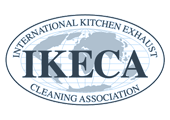
International Kitchen Exhaust Cleaning Association

American Society for Healthcare Engineering

Wisconsin Restaurant Association

National Fire Protection Association
Milwaukee HVAC Cleaning Services Saves Energy The everyday use of Milwaukee heating and cooling sys...
Wisconsin Duct Cleaning and HEPA Filters for Improved Air Quality Air Maintenance Inc. is the premi...